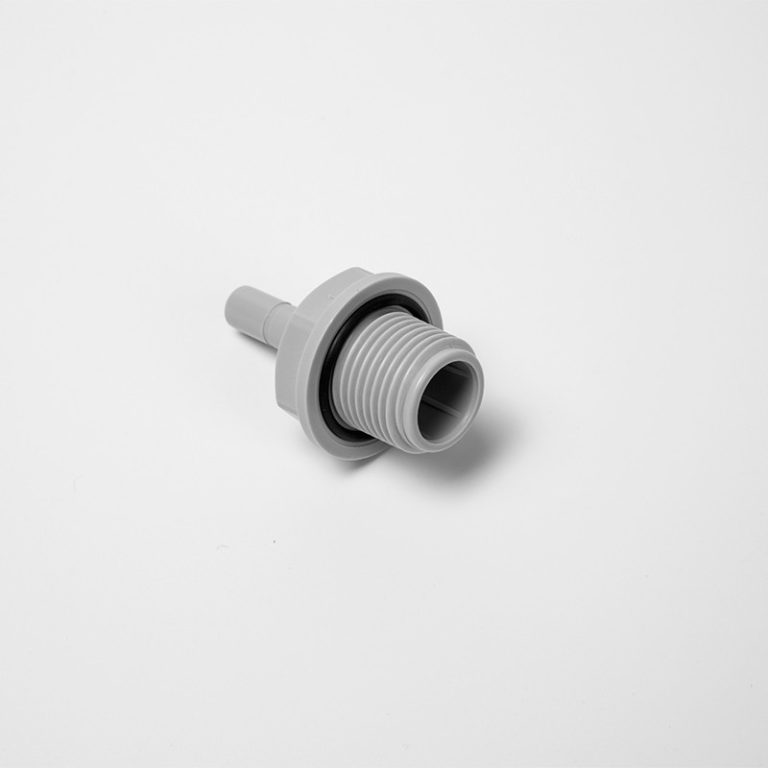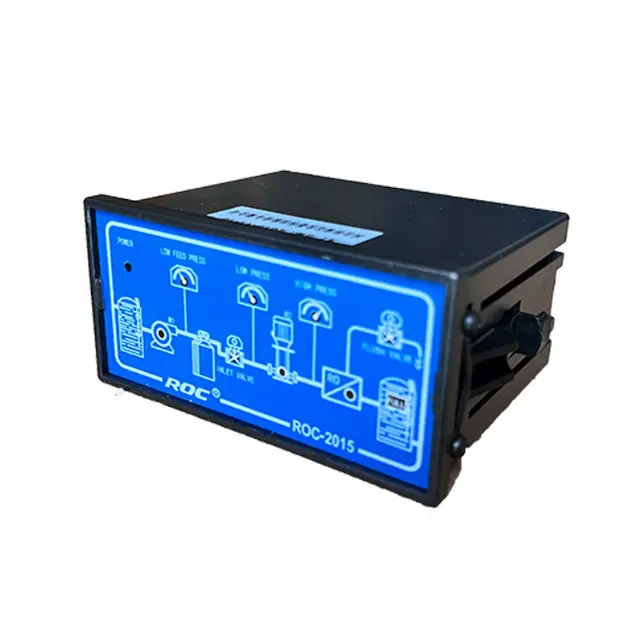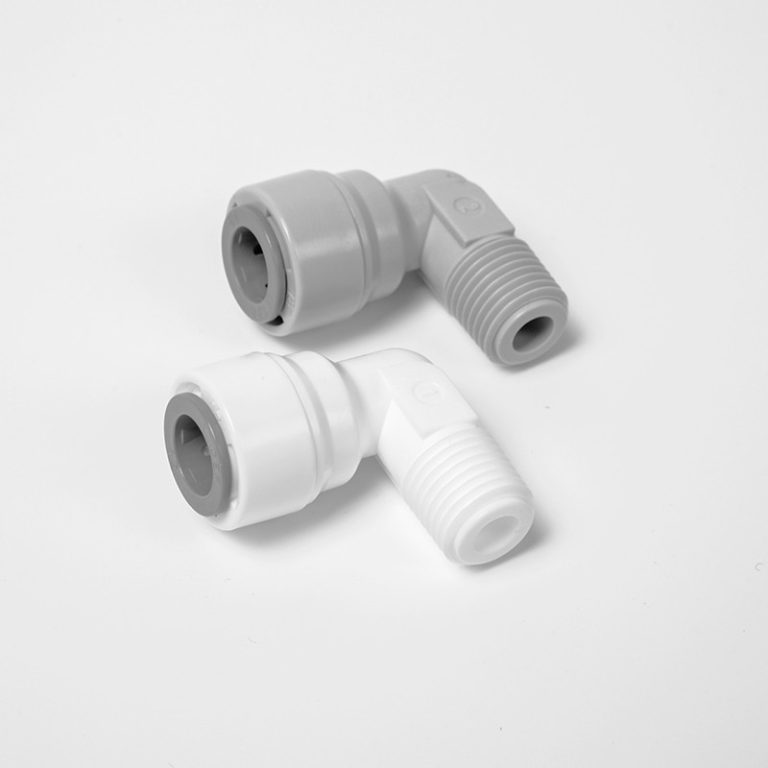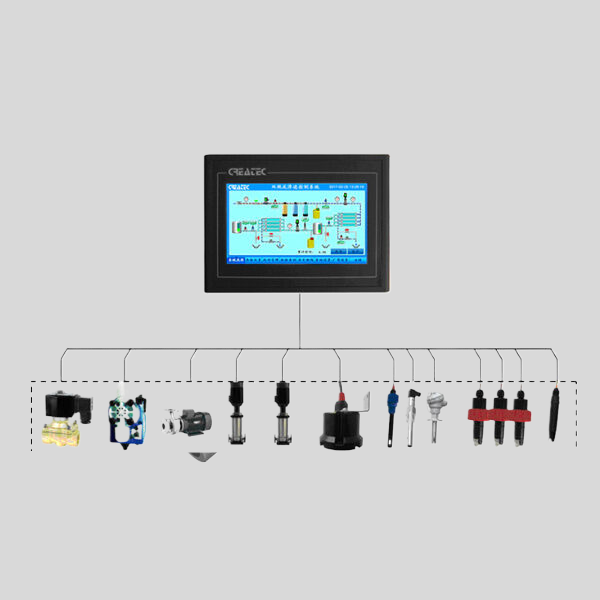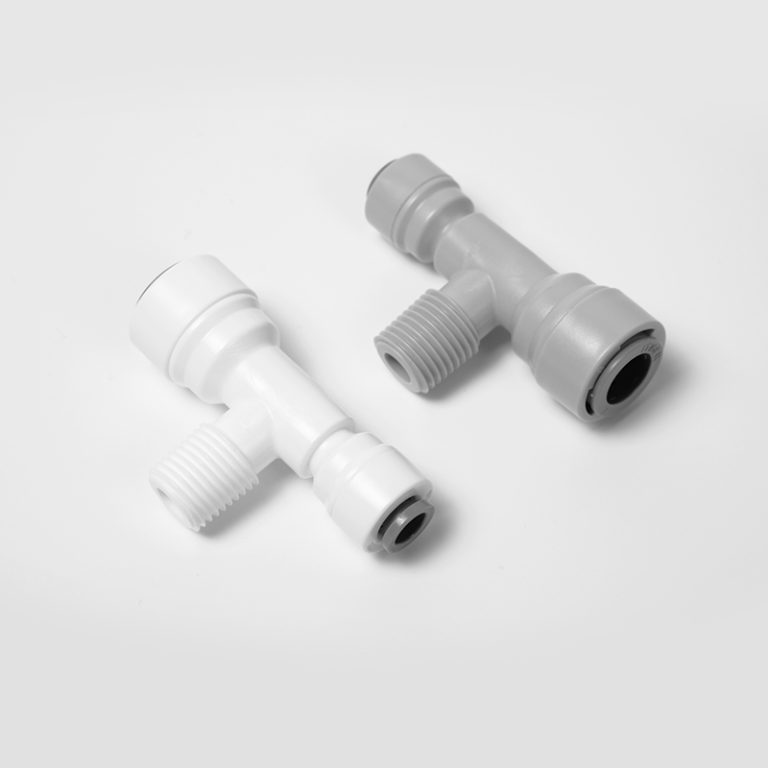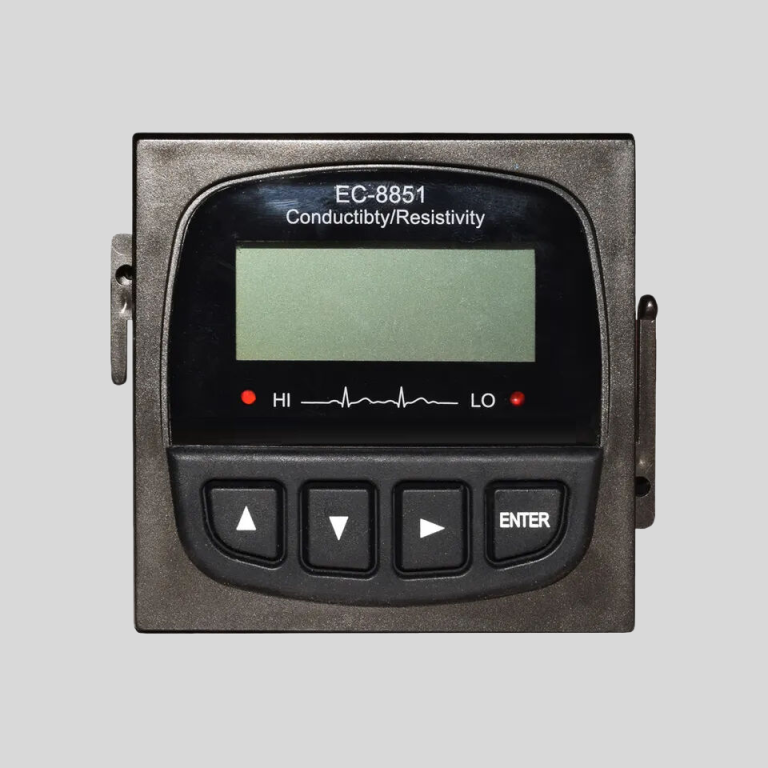Softening water: Changing pH for a better experience.
The Impact of Water Softening on pH Levels
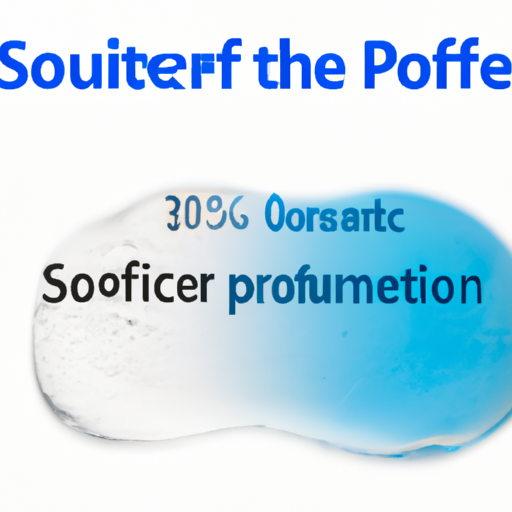
Water softening is a process that involves removing minerals such as calcium and magnesium from water. This is typically done to prevent the buildup of scale in pipes and appliances, as well as to improve the effectiveness of soaps and detergents. However, one question that often arises is whether or not water softening has an impact on the pH levels of the water.
To understand the potential impact of water softening on pH levels, it is important to first understand what pH is. pH is a measure of how acidic or alkaline a substance is, and it is measured on a scale of 0 to 14. A pH of 7 is considered neutral, while values below 7 are acidic and values above 7 are alkaline.
When water is softened, the process typically involves the use of an ion exchange resin. This resin works by exchanging calcium and magnesium ions for sodium ions, effectively removing the hard minerals from the water. However, this exchange does not have a direct impact on the pH of the water.
The pH of water is primarily determined by the presence of dissolved carbon dioxide. When carbon dioxide dissolves in water, it forms carbonic acid, which lowers the pH. This is why natural water sources such as rivers and lakes often have a slightly acidic pH.
Water softening does not remove carbon dioxide from the water, so it does not have a direct impact on the pH. However, there is a potential indirect impact on pH levels.

One potential indirect impact of water softening on pH levels is the removal of alkaline minerals. Calcium and magnesium, which are removed during the softening process, are alkaline minerals. Their removal can potentially lower the alkalinity of the water, which in turn can affect the pH.
Alkalinity is a measure of the water’s ability to resist changes in pH. When alkalinity is low, the water is more susceptible to changes in pH. So, if water softening reduces the alkalinity of the water, it could potentially make the water more acidic.
| Model | Central tube | Drain | Brine tank connector | Base | Power supply parameters | Maximum power | Pressure parameters | Operating temperature |
| 2850 | 1.9″(1.5″)O.D. | 1″NPTM | 3/8″&1/2″ | 4″-8UN | 24v,110v,220v-50Hz,60Hz | 72W | 2.1MPa | 1℃-43℃ |
| 0.14-0.84MPa |
However, it is important to note that the impact of water softening on alkalinity and pH levels can vary depending on the specific water source and the softening process used. In some cases, the impact may be minimal or even negligible.
In conclusion, water softening does not directly change the pH of water. The pH of water is primarily determined by the presence of dissolved carbon dioxide, which is not removed during the softening process. However, there is a potential indirect impact on pH levels due to the removal of alkaline minerals, which can lower the alkalinity of the water and potentially make it more acidic. It is important to consider the specific water source and softening process when assessing the potential impact on pH levels.

